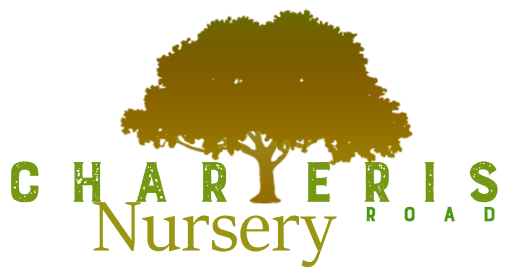Varieties
We are currently working on a physical copy of this catalogue. Please refer to the previous years edition for information until the latest version is produced.
Northern Spy
Origins
A seedling that originated in east Bloomfield in western New York in 1828. At this time it was prized for its excellent and long keeping fruit.
Orchard Habitat
Northern Spy is a very popular rootstock with Australian orchardists due to its good resistance to Wooly Aphids. northern Spy produces medium sized trees of good cropping which begins at a reasonably young tree age. tees on Northern Spy tend to be shallow rooted and will often develop a one sided root system often preferring good soil conditions. Staking is not required for trees of this rootstock.
Testing conducted at the Knoxfield research Station of the Victorian Department of Agriculture found that Northern Spy was not surpassed by any other rootstock tested at the time.
M.793
Origins
Merton 793 (M.793) is a cross between M.2 and Northern Spy, by the John Innes Horticultural institute in Merton, England.
Introduced into New Zealand in 1941 for preliminary trials. Special attention was paid to the resistance of this range of stocks to Collar Rot and Wooly Aphids.
Orchard Habitat
M.793 produces trees that are larger than Northern Spy and better adapted to a wilder range of soil types. M.793 produces trees that crop earlier and heavier than Northern Spy.
M.793 has been used successfully on replant situations in Victoria.
Resistance to Wooly Aphids is excellent.
M.9
Origins
Selected as a chance seedling of ‘Jaune de Metz’, in France in the late 1870’s. M.9 was one of the first rootstocks collected by the East Mailing Research Station and given the number ‘9’ which was later replaced by the name Malling 9.
Orchard Habitat
A dwarfing rootstock that induces early cropping on young trees. The fruit on scion varieties with M.9 rootstocks are larger and ripen earlier especially when the trees are young.
M.9 is adaptable to a wide range of soil types, but is reported to be unsuitable for dry, sandy soils. It can tolerate a heavier soil type and wetter soil conditions. M.9 has a brittle root system that rarely suckers. Trees on M.9 rootstocks will require staking all of their life.
M.26
Origins
A seedling cross between M.16 x M.9 that was raised in 1929. The seedling was introduced by the East Malling research Station in 1959.
Orchard Habitat
A semi-dwarfing or intermediate vigor rootstock. it produces a tree that is larger than M.9, but smaller than MM.106 and also M.7. When compaired to M.7, M.26 has produced superior fruit in quality, and induces cropping at a younger age. trees on M.26 can produce fruit with lower calcium levels than trees on other rootstocks.
The root system is brittle, but not as brittle as M.9. Trees on M.26 may require staking especially if planted in windy areas. Planting the trees 40-50mm lower than the nursery can help overcome the need to for staking.
M.26 roots produce few suckers, but those produced are vigorous. M.26 is reported to be intolerant of extended wet soil conditions.
M.106
Origins
A cross between Northern Spy x M.1
Orchard Habitat
MM.106 is a rootstock that tends to be more sensitive to soil moisture levels than many rootstocks especially if the soils are poorly aerated. On dry sandy soils MM.106 will produce a tree of smaller size than M.7. On more fertile soils MM.106 will produce a tree of similar height to MM.111. MM.106 does not sucker and is resistant to Wooly Aphids, producing trees with moderate vigor and heavy cropping potential.
Trees on MM.106 are reported to be resistant to potassium deficiency, but can occasionally suffer from magnesium deficiency. Trees on MM.106 adapt well to a wide range of soil types and climatic conditions, making it a very popular rootstock world wide.
M.102
Origins
MM.102 is a cross between Northern Spy x M.1. this was produced by the East Malling Research Station.
Orchard Habitat
MM.102 produces a tree between M.26 and M.7 depending on the soil types. Early trials found that M.102 produced average crop of good sized fruit. Little trial work has been done on this stock since then probably due to its variable size to soil response. Renewed interest has been generated in this stock due to its M.26 size response and resistance to Wooly Aphids passed on by its Northen Spy parentage.
M.111
Origins
A cross between Northern Spy and M.793, produced by the John Innes Horticultural Institute
Orchard Habitat
A rootstock variety that produces a tree that is larger than MM.106 and about 75% of seedling size. MM.111 is valuable due to its adaptability to dry sandy soils. Suckering is low, and its resistance to Wooly Aphids is good. Trees on MM.111 will not require staking as the anchorage is very good.
MM.111 is a good rootstock for poor soils and dry areas where extra vigor is required for better cropping. An excellent rootstock for spur bearing varieties. MM.111 has been successful when used for replant situations in Victoria.
